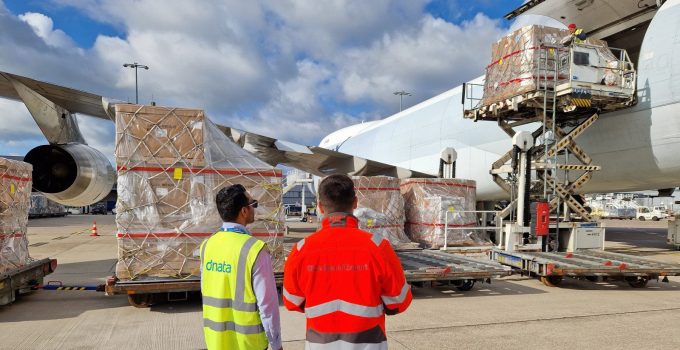Canal-ysis: the world’s waterways in focus for 2025
The beginning of 2025 finds Israel now in a direct fight with the Houthis, exchanging ...

The global air freight market has been in positive growth territory for about one year now, with IATA reporting positive traffic gains since August 2023, as well as seven consecutive months of double-digit industry growth, from December 2023 through June 2024 (and early reports for July 2024 show ongoing strong growth). Most industry pundits are expecting a very strong peak season in latter Q3/early 4Q 24.
It is helpful to bear in mind that neither growth nor ...
Carriers plan for new US east coast port strike as contract deadline looms
US brands 'scramble' for fulfilment as Mexico imposes new tariffs
'A market ripe for disruption' says FedEx, as it targets air cargo traffic
Cape of Good Hope detours look set to continue until 'August, at least'
Asia-Europe still soaking up new tonnage – but Latin America the market to watch
Ecommerce will continue to drive air cargo growth in 2025, says Delta Cargo chief
Strong gains on the transpacific as US imports swell and GRIs begin to bite
Swapping batteries on electric trucks – can't be done. But apparently...

Comment on this article